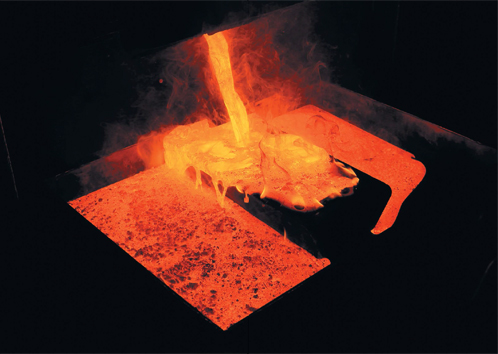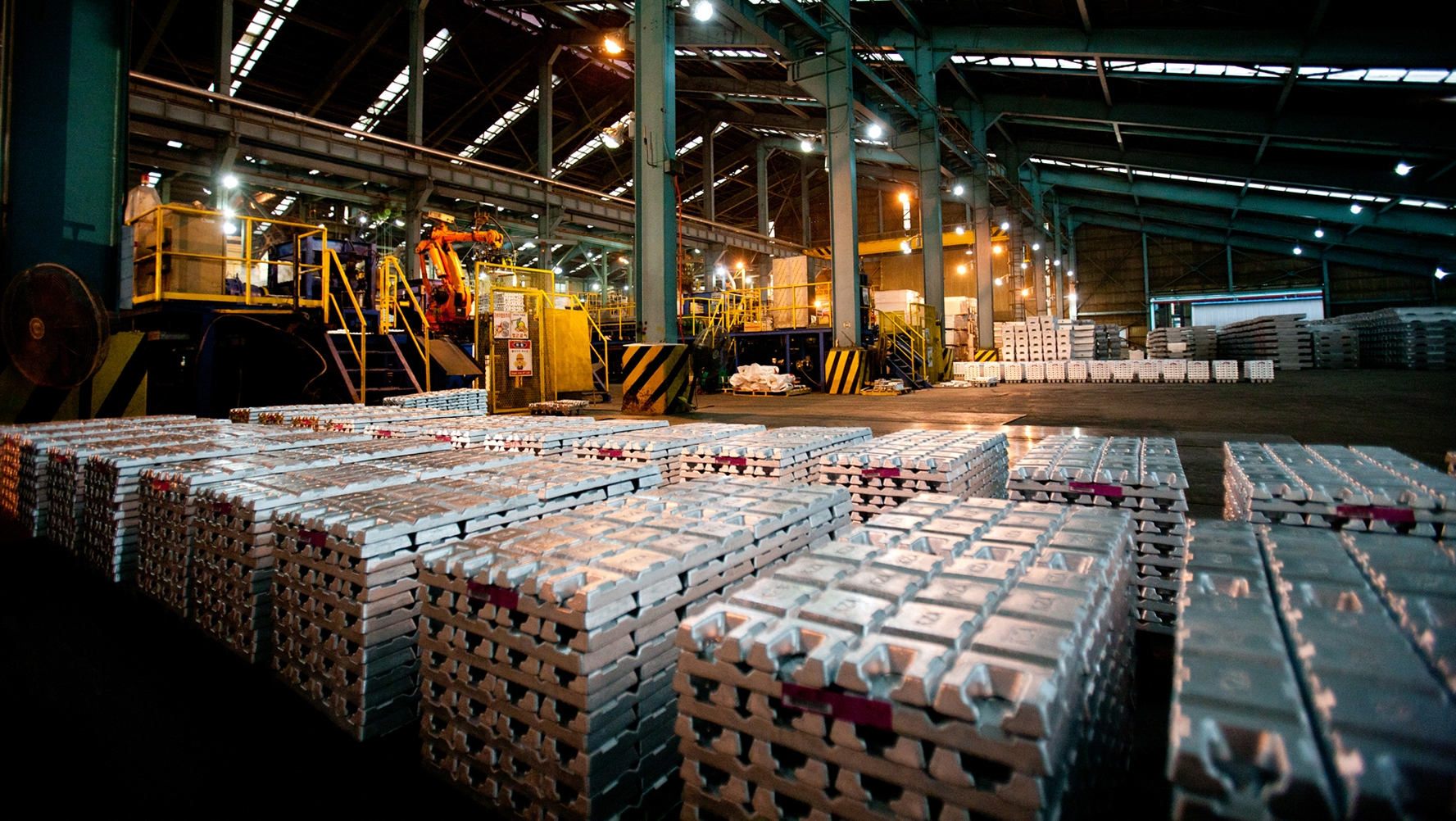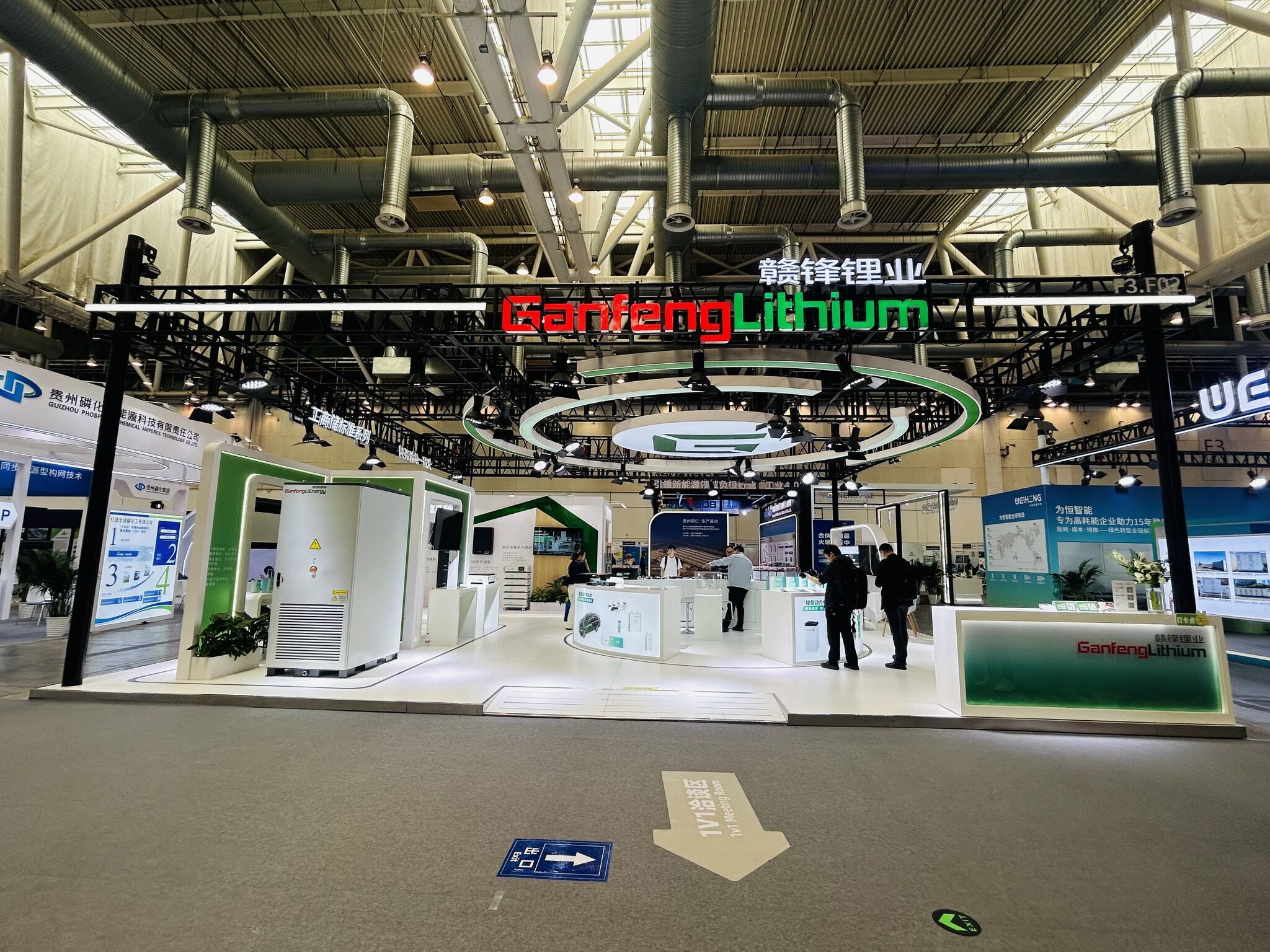INTERACTIVE MAP: World’s top 10 gold deposits

Fluid ounces. Image: Polyus Gold
To give a true picture of the size and potential of the globe’s largest deposits of gold, MINING.com and sister company IntelligenceMine ranked the orebodies according to total resources – measured, indicated and inferred. Many companies include proven and probable reserves that can be economically extracted in resource estimates and the ranking was adjusted where this wasn’t the case.
Overall resources can also change significantly over time, often when resources are moved into the proven and probable category. For instance, the Livengood project in Alaska being advanced by Tower Hill Mines fell to just outside the top 20 after the company updated resources in August last year, cutting nearly 10moz from the total estimate. Things also move in the opposite direction with Seabridge continuing to add ounces to its KSM project in British Columbia.
Looking at proven and probable reserves only is also a moving target as gold prices and mine economics change. When considering proven & probable reserves Freeport’s Grasberg in Indonesia moves to the top followed by Gold Fields’ South Deep Mine, KSM, and Barrick and Novagold’s Donlin joint venture in Alaska.
Closely watched projects outside the top 10 include Turquoise Hill’s Oyu Tolgoi open pit mine and underground expansion in Mongolia which ranks 11th with resources of 42.4moz, Newcrest and Harmony Gold’s Wafi-Golpu project in Papua New Guinea (no. 12 with 37.6moz), AngloGold’s mothballed Obuasi mine in Ghana (no. 17 with 27.3moz), and Barrick’s stalled Pascua Lama property straddling the border between Chile and Argentina (no. 19 – 22.8moz).
The size of a deposit is not always a good indication of the size or output of a mine. Three in the top 10 ranking are projects in various stages of development with economic assessments that project widely differing annual production numbers. Gold grades do not necessarily push mine plans in a certain direction either – in this ranking grades range from a miserly 0.34g/t to a mouth watering 17.4g/t.
At existing mines there is also little correlation. For example, disclosed resources at Barrick Gold’s Goldstrike in Nevada which is one of only a handful of mines where annual output regularly tops 1moz, is half that of the world’s 20th largest deposit (NGEx’s Constellation project on the Chile-Argentina border).
The top producing gold mine in the world is Uzbekistan’s Muruntau which dependably pours more than 2 million ounces per year. The state-owned mine is not included in this list because operators Navoi Mining & Metallurgy Combinat does not disclose any figures, but resource guesstimates range anything from 50moz to 150moz despite being mined since 1967.
More News
Energy storage boom strengthens demand outlook for beaten-down lithium
January 04, 2026 | 05:54 pm
Korea Zinc revises share issuance for US smelter to $1.94 billion
January 04, 2026 | 11:55 am
{{ commodity.name }}
{{ post.title }}
{{ post.date }}






4 Comments
Richard Schodde
The list forgot to include the Sukhoi Log project in Siberia. Back in 2007 the reported resource was 61.7 Moz.
On a slightly separate note, back in 1996 Andy Wilde from Monash University reported that Muruntau had a Resource of 170 Moz @ 3.5-4.0 g/t. Over the intervening 20 years more than 40 Moz has been mined there (plus a ~5 Moz in losses)… suggesting a remaining resource of ~105 Moz. That falls mid-way between your 50-150 Moz range. This figure ignores any resource growth over time through further drilling there and/or changes in the cut-off grade
MINING.com Editors
Thanks for the feedback Richard. Now that Polyus has bought the property we should see a JORC-compliant (Polyus’s reporting standard) resource some time in the future. The latest press release I could find (22 Feb 2017) estimates 930.3 mt of ore, grading 2.1 g/t gold for 62.8 moz of contained gold under the Russian Resource Estimation Standard or GKZ: (http://bit.ly/2oaLaug) . That places it at number 4.
Walter H. Eason, Jr.
You missed one although it is not able to be mined at this time, it is a bombing range. Chocolate Mountains in Riverside & Imperial counties, California. There were drill samples that came to light that the Mesquite mine owners slant drilled illegally and proved what many knew as there were mines there prior to 1942. They were shut down in the onslaught of WWII. Heard that it is considered the richest deposit in the hemisphere.
Terry Twala
Goldfield’s South Deep mine in South Africa may also possibly qualify.